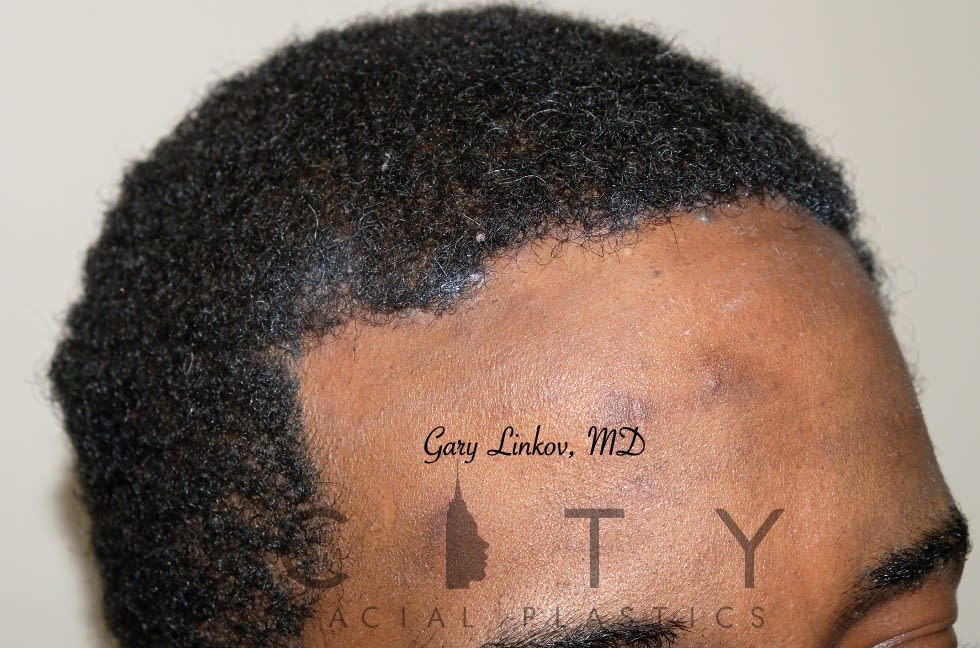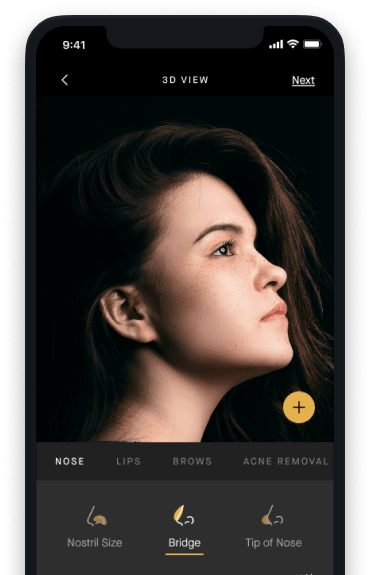About Gary Linkov, MD
Dr. Gary Linkov is a dual Ivy League-educated facial plastic surgeon and completed an accredited American Academy of Facial Plastic and Reconstructive Surgery fellowship. Dr. Linkov has also had advanced training in cutting edge hair transplant technology. He also served as the Director of the Women’s Center for Hair Loss in NYC.

























